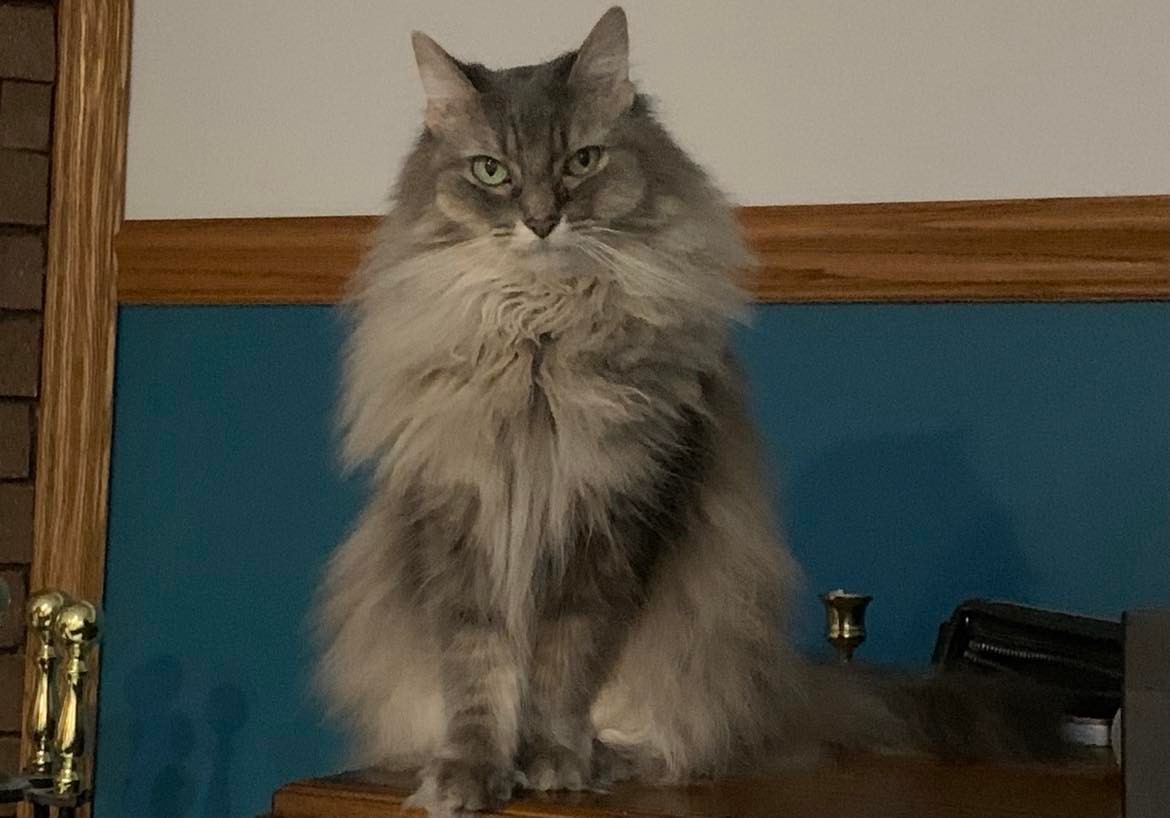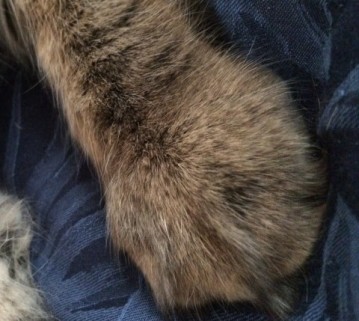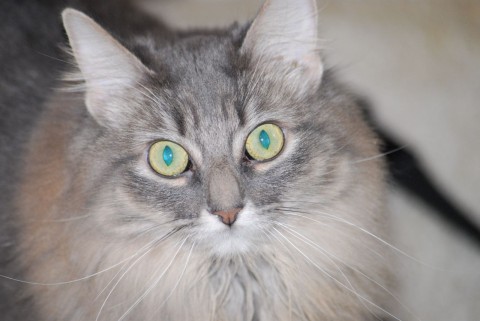Declawed cats. The very idea is offensive and revolting to many pet owners, veterinarians, and animal rights activists, and rightly so. Declawing is an unnecessary amputation of the last bone of each toe, which causes ongoing problems for these cats. Those problems include arthritis, club-foot, chronic pain, and more. Those of us with declawed cats (whether we adopted them that way or had it done), who wish we could do something to help them, may be interested in this new research.
Personally, I know I’m interested. All four of our cats are declawed because we didn’t know what it actually was when we had it done. Once we learned the truth, it was too late. If there may soon be a standardized way to help them with pain and the problems the unnatural gaits that the missing bone causes, then I’m all ears.
Despite studies showing the opposite, people still report a higher rate of litter box problems with declawed cats
Many people whose cats are declawed report problems with litter box behavior. One (very strong) possible reason for the litter box problems declawed cats experience is the pain in their paws. Eventually, it’s just too painful to step and dig into cat litter – even the finest of fine-grained litters.
Dr. Ron Gaskin, a vet in Shakopee, Minnesota, may have a way to help that. He gave 18 declawed cats who were having litter box problems a two-week course of buprenorphine, which is a painkiller. Of those cats, more than 80 percent started using their boxes normally again.
There may also be a surgery that can help declawed cats
But that’s not all. What Dr. Gaskin has noticed is that declawed cats develop hyperflexion in their declawed paws, causing club-footedness and additional pain and problems. The chronic pain that declawed cats suffer gets worse over time, and raises cortisol levels, which in turn raises the risk of diabetes. So, besides the chronic pain, there are other health issues that may be linked to declawing, even if it’s not obvious at first.
There’s a surgery that Dr. Gaskin performed on 14 cats that he calls a “declaw salvage surgery.” It’s essentially a flexor tendonectomy that helps to correct the club-footedness declawing causes.
Obviously, neither of these options creates a free pass to have your cats declawed. There’s nothing out there right now that can replace the missing bones in their toes so they can walk completely normally again. In my personal opinion, though, anything that can help declawed cats live more normal, less pain-filled lives, it’s worth noticing.




